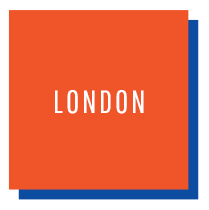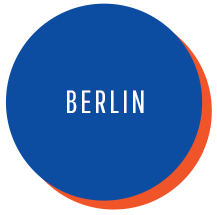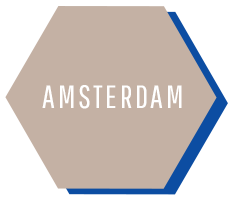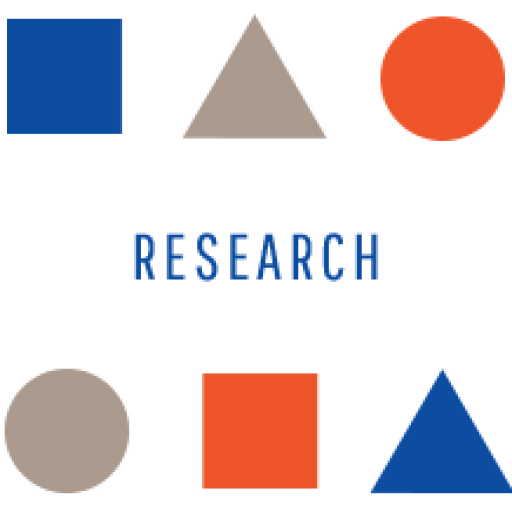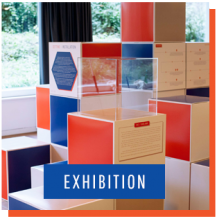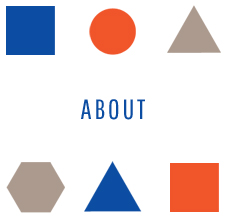Where do we find the sacred in today’s cities? What impact does religion have on the urban landscape, and to what extent, in turn, do cities influence religion? In The Urban Sacred, photographers and researchers from Germany, the Netherlands and the UK explore these issues. They examine the visible and invisible presence of religion in Berlin, Amsterdam, and London and reflect on the religious architecture, rituals, processes of transformation, and the encounters of residents, workers and tourists with religion in the city.
Religious places are closely intertwined with their environment. New religious places come into existence, others disappear or are transformed. These processes change and re-arrange the urban façade and everyday city life. Yet, what is visible at street level may not reflect the activities that go on inside. Monumental buildings, that are easily identifiable as religious sites, may have lost their religious function. By contrast, former houses and shops host religious congregations. Because they appear ordinary and unremarkable, they blend in rather than standing out in city space.
Urban architecture also reveals wider social histories of cities. Migration, for example, brings new religious communities which seek to make a spiritual home for themselves. Major events, such as the rise and fall of the Berlin Wall, or the widespread public commemoration of national tragedies shape the religious face of cities.
In LONDON, the theme is the location of religious sites in their immediate urban environments, and their relationships with their religious and secular neighbours. Concentrating on Southwark, located on the southside of the River Thames, the sites include an Anglican cathedral and its neighbouring market, a shrine outside a former paupers' graveyard, and a new mosque on a residential street.
In BERLIN, the exhibition looks at different settings in which religious places are built, destroyed and transformed in close geographical proximity. The main focus is the district of Kreuzberg where our attention turns to an Alevi (Muslim) community centre and two churches. In addition, the exhibition explores a proposed site for inter-faith dialogue and worship and a Buddhist temple.
In AMSTERDAM, it is the conversion of old church buildings and what happens as they take on a new religious or secular identity. Focusing on the De Baarsjes district in the west of the city, the photographed sites include a dance studio housed in a Catholic church and a Turkish-Dutch mosque in a Jesuit church.
